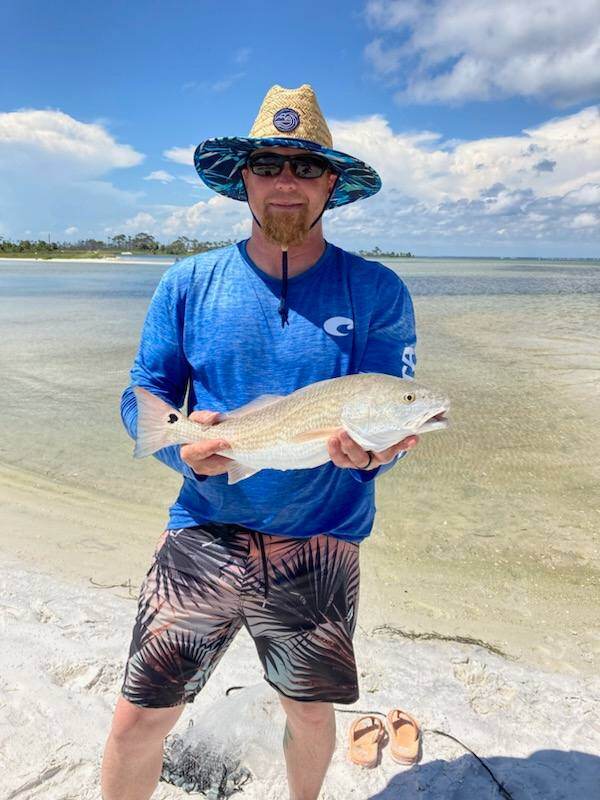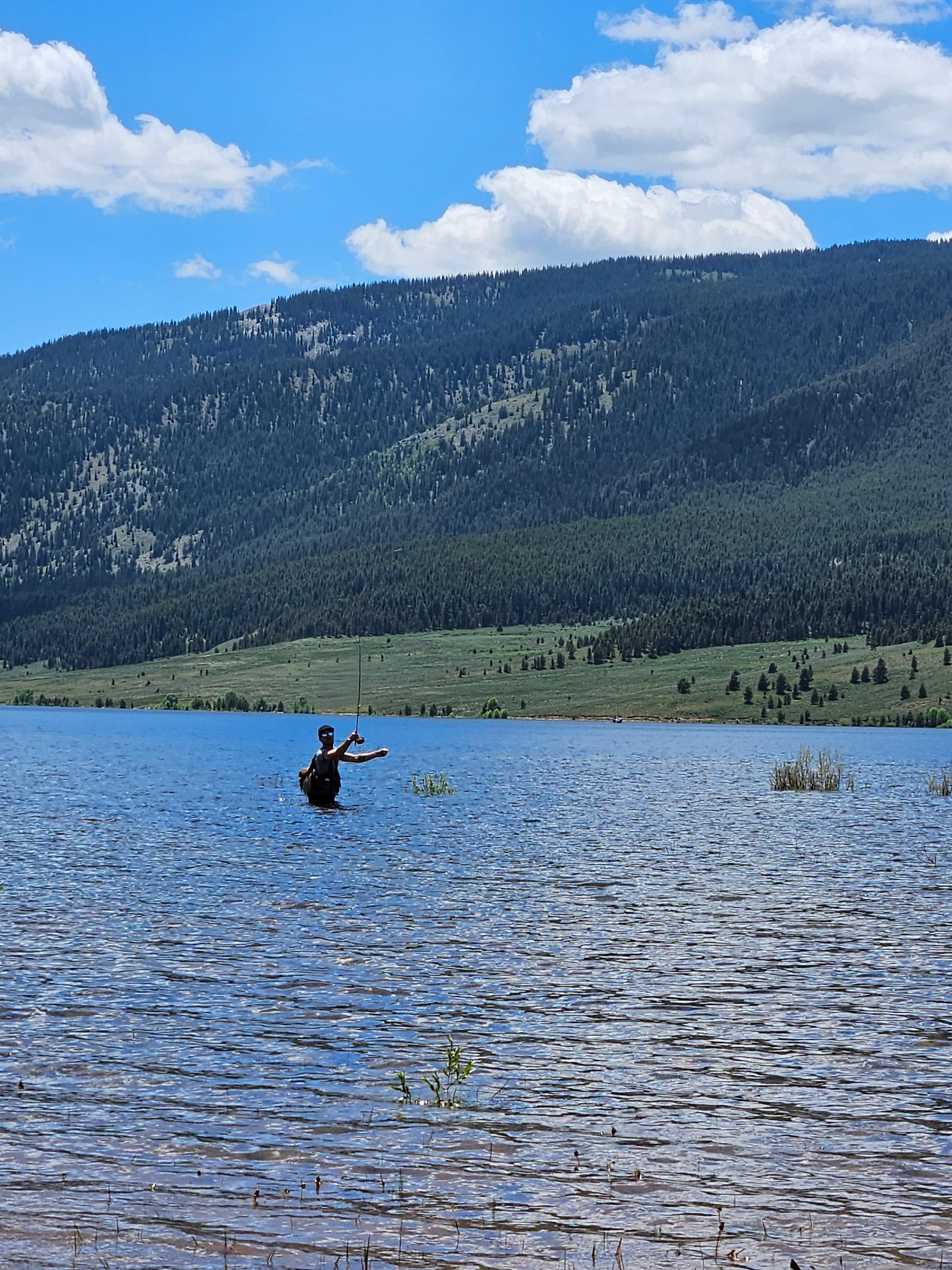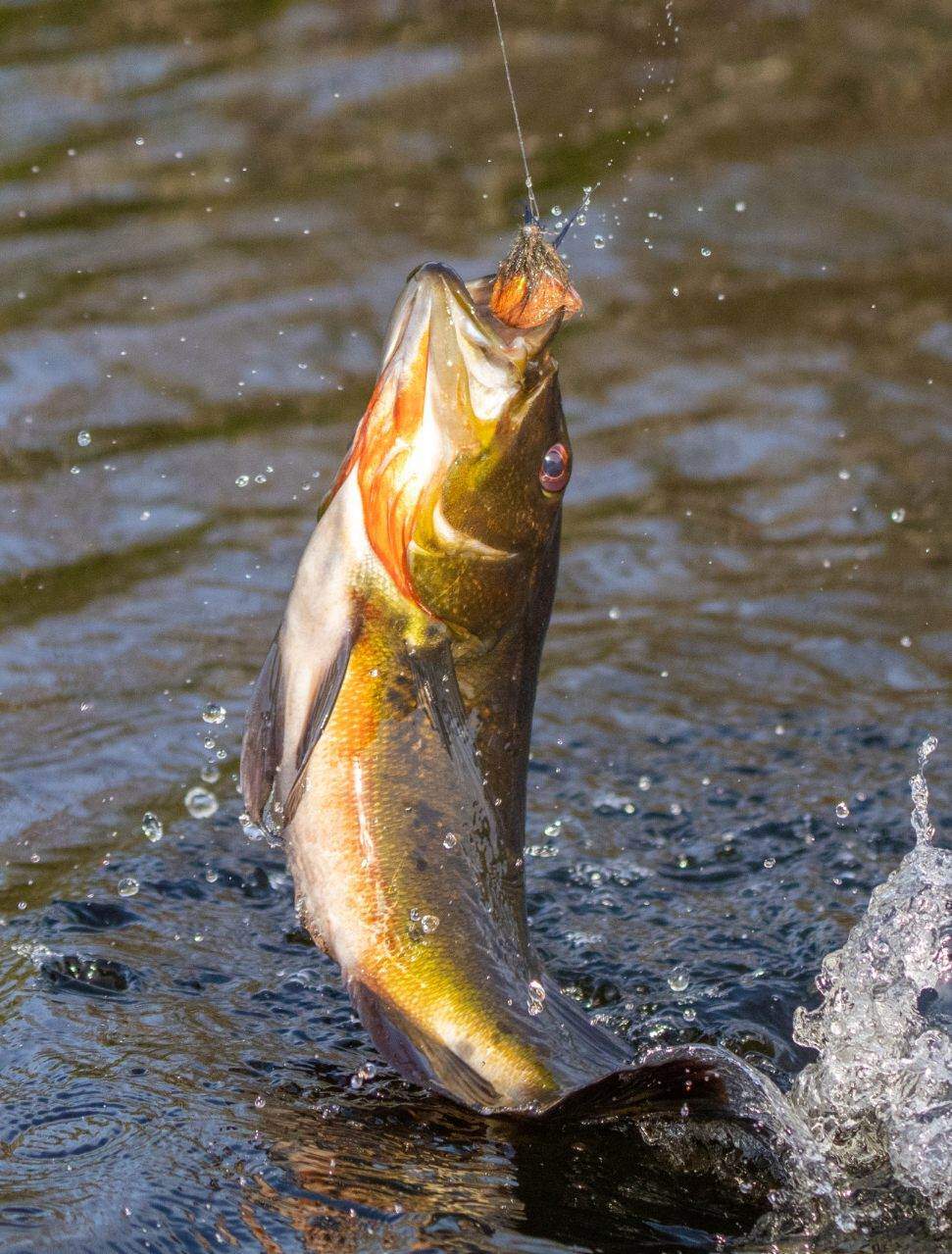Bass fishing is as much about understanding fish behavior as it is about mastering your casting technique. To consistently catch bass, you need to know where they are likely to be and why. Bass are opportunistic predators, and their behavior is heavily influenced by water conditions, structure, and seasonal changes. Let’s explore how you can read the water and improve your chances of finding bass.

1. Recognizing Key Structures
Bass are structure-oriented fish. They use underwater structures to hide from predators and ambush prey. Learning to identify key structures in any body of water is essential for locating bass.
-
Points: Points are areas where the shoreline juts out into the water. Bass often gather here because points create changes in water depth and current, which can attract baitfish. Fishing both sides of a point, especially where the water transitions from shallow to deep, can be highly effective.
-
Drop-offs: A drop-off is an area where the water depth quickly changes, providing a perfect ambush spot for bass. Cast along the edge of a drop-off and retrieve your lure through both the shallow and deep zones.
-
Weed Beds: Bass love to hide in vegetation to stalk prey. Weed beds offer both food and shelter, making them prime bass habitats, especially during warmer months.
2. Reading Water Temperature
Water temperature plays a major role in determining bass activity. Bass are cold-blooded, meaning their metabolism is affected by the surrounding water temperature.
-
Cold Water (below 55°F): Bass will be less active and tend to stay in deeper water. Focus on slower presentations, like fishing with jigs or slow-rolling spinnerbaits near deep structure.
-
Warm Water (65-85°F): This is prime feeding time for bass. They will often move into shallower water to chase baitfish. During these conditions, topwater lures, crankbaits, and soft plastics can all work effectively.
3. Current and Wind Direction
Current and wind direction can help push baitfish toward certain areas, and bass will follow. By understanding how these factors work, you can target where bass are likely to be feeding.
-
Wind: Wind pushes surface food and baitfish towards shorelines or into pockets, and bass will often follow. Fishing the windward side of a lake or pond (the side the wind is blowing towards) can lead to productive results.
-
Current: In rivers or reservoirs, bass will sit behind objects like rocks, trees, or submerged logs where the current is slower. These areas allow bass to conserve energy while waiting for food to drift by. Cast upstream and let your lure naturally drift into these slow-moving pockets.
4. Seasonal Bass Behavior
Bass behavior changes with the seasons, and adjusting your tactics accordingly can make all the difference.
-
Spring (Pre-spawn and Spawn): As water temperatures rise in the spring, bass move into shallow areas to spawn. Look for them near the edges of shallow flats, particularly in areas with some cover like weeds or stumps.
-
Summer: As the water warms up, bass seek cooler, deeper water during the day but will often move into shallower water to feed during early morning or late evening. Fishing deeper structure during midday or using topwater lures at dusk can be productive.
-
Fall: During fall, bass actively feed to prepare for winter. They follow schools of baitfish into coves and shallow areas. Moving baits like crankbaits or spinnerbaits work well as you try to cover water and locate feeding fish.
-
Winter: Bass become sluggish in the cold and move to deeper water. Focus on slow presentations like jigs and deep-diving crankbaits along deep structures.
5. Identifying Feeding Zones
Bass tend to follow baitfish, so identifying areas where baitfish congregate can lead you to the bass. Look for visual cues like:
- Shad Schools: Surface disturbances or ripples can indicate a school of baitfish, and bass are likely lurking nearby.
- Bird Activity: Seagulls or other birds diving into the water can be a sign of active baitfish, which often means bass are in the area.
Pro Tip: Bass Fishing is All About Reading the Water
Catching bass consistently means learning to read water conditions and understand how bass behave in different environments. Whether it's focusing on structure, current, or adjusting for seasonal patterns, the more you understand bass behavior, the more successful you'll be on the water.
.png?width=300&height=100&name=Copy%20of%20Rise%20Beyond%20Logo%2012.31.24%20(300%20x%20100%20px).png)




